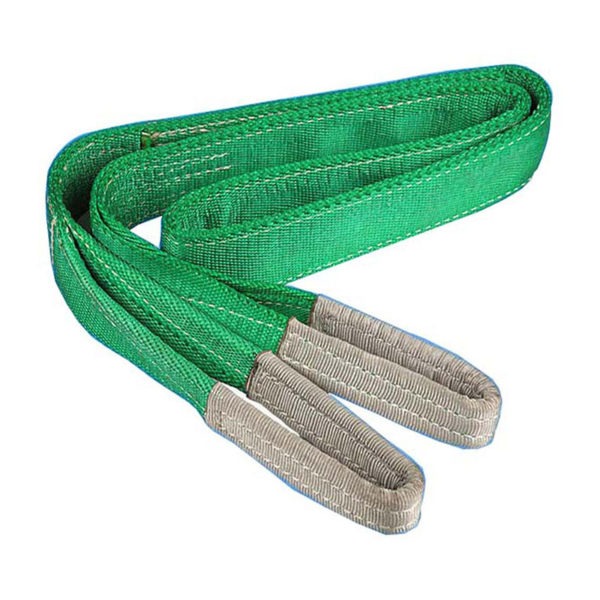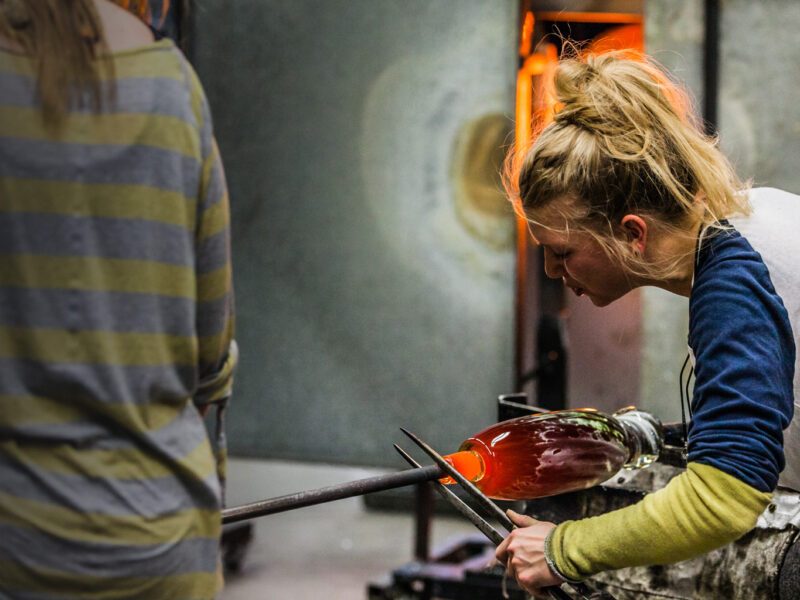When selecting a duplex web sling, you need to know several things. You need to know how many plies it has, its length, and what wear pads it comes with. Knowing these things will make your selection easier, and you will have the ability to choose the best one for the job. Read on to learn more! Listed below are some hidden features of web slings that you should know.
Synthetic web slings:
There are some hidden features of synthetic web slings. They offer a greater surface area and more load stability than standard slings. A wide sling provides added load stability, especially when carrying bulky or fragile loads. A synthetic sling can be virtually any length. Many manufacturers have standardized offerings for different lengths. In addition to sizing, you can also find a sling with abrasion protection.
Ply numbers:
Web slings come in different ply numbers that refer to the number of webbings in the sling body. Most web slings have one, two, or three plies, and the more ply layers there are, the stronger they will be. The more ply layers there are, the better the sling. The ply numbers should match the application’s need when choosing a web sling.
Length:
To determine the length of web slings, lay them flat and measure the distance between the sling’s eyes and end. Then, measure the length from one end to the other, including the eyes. This type of web sling is made to carry lighter loads and requires more surface area for load stability. They are ideal for delicate loads. Depending on the application, these slings range from a few inches to several feet.
Wear pads:
If you’re going to use web slings in your work, wear pads when you’re using them. These small yet highly effective pads prevent abrasion and damage to the sling’s material and protect personnel and property. You can easily change them to another sling as needed. Wear pads are sewn to the web sling, making it easy to move them to another sling.
Chemical resistance:
Various chemical-resistant materials are available for web slings. Usually, polyester or nylon is the most commonly used synthetic material. This material has excellent chemical resistance. However, it is not recommended for use with acids, bleaching agents, or temperatures over 194deg F. The chemical resistance of nylon web slings depends on the type of sling and the sling’s stretch factor.


